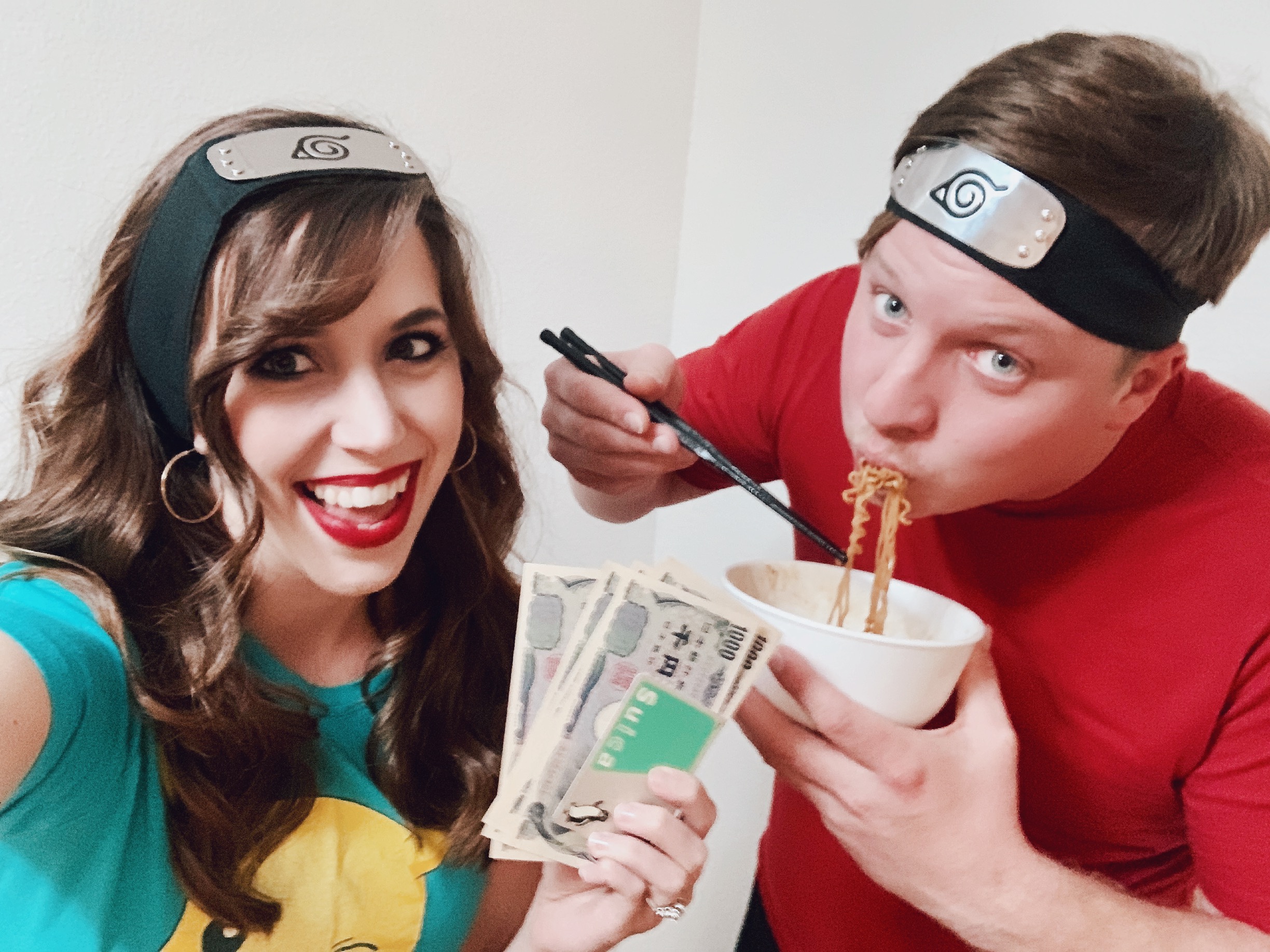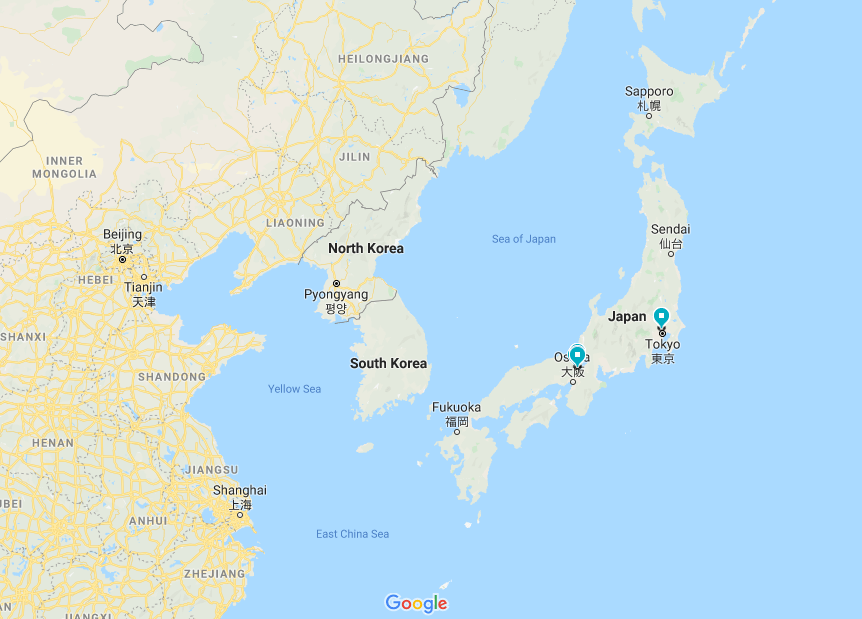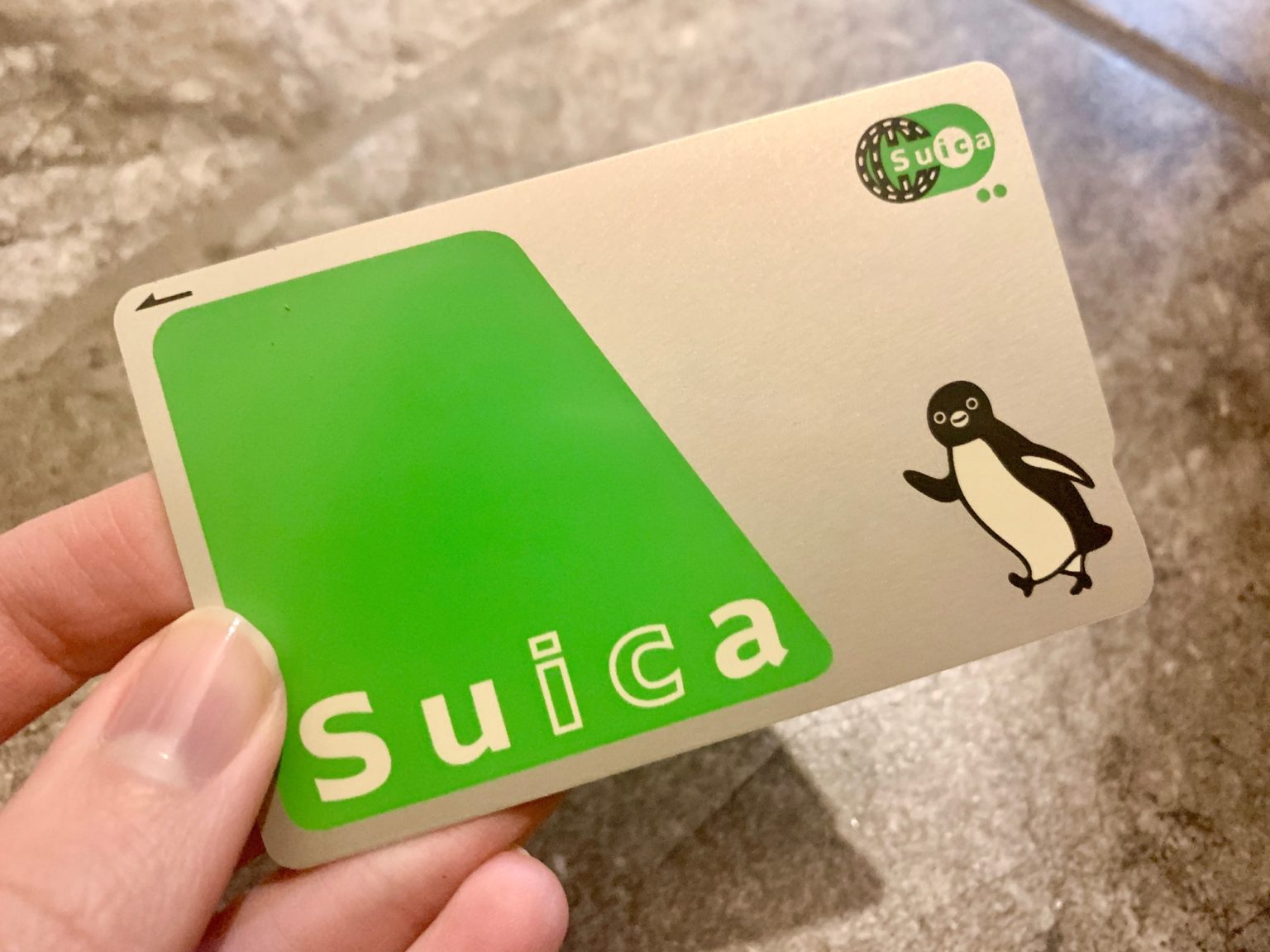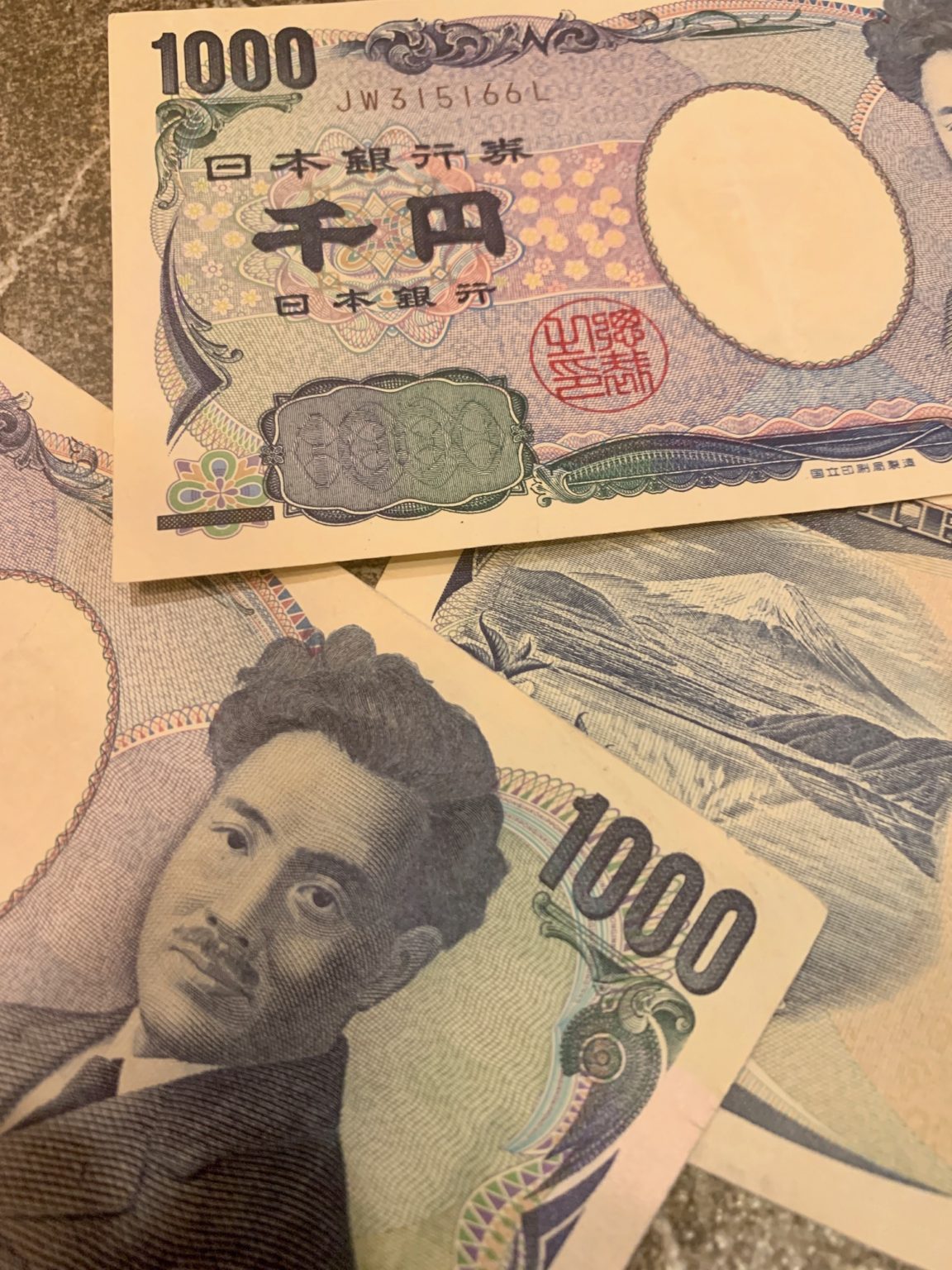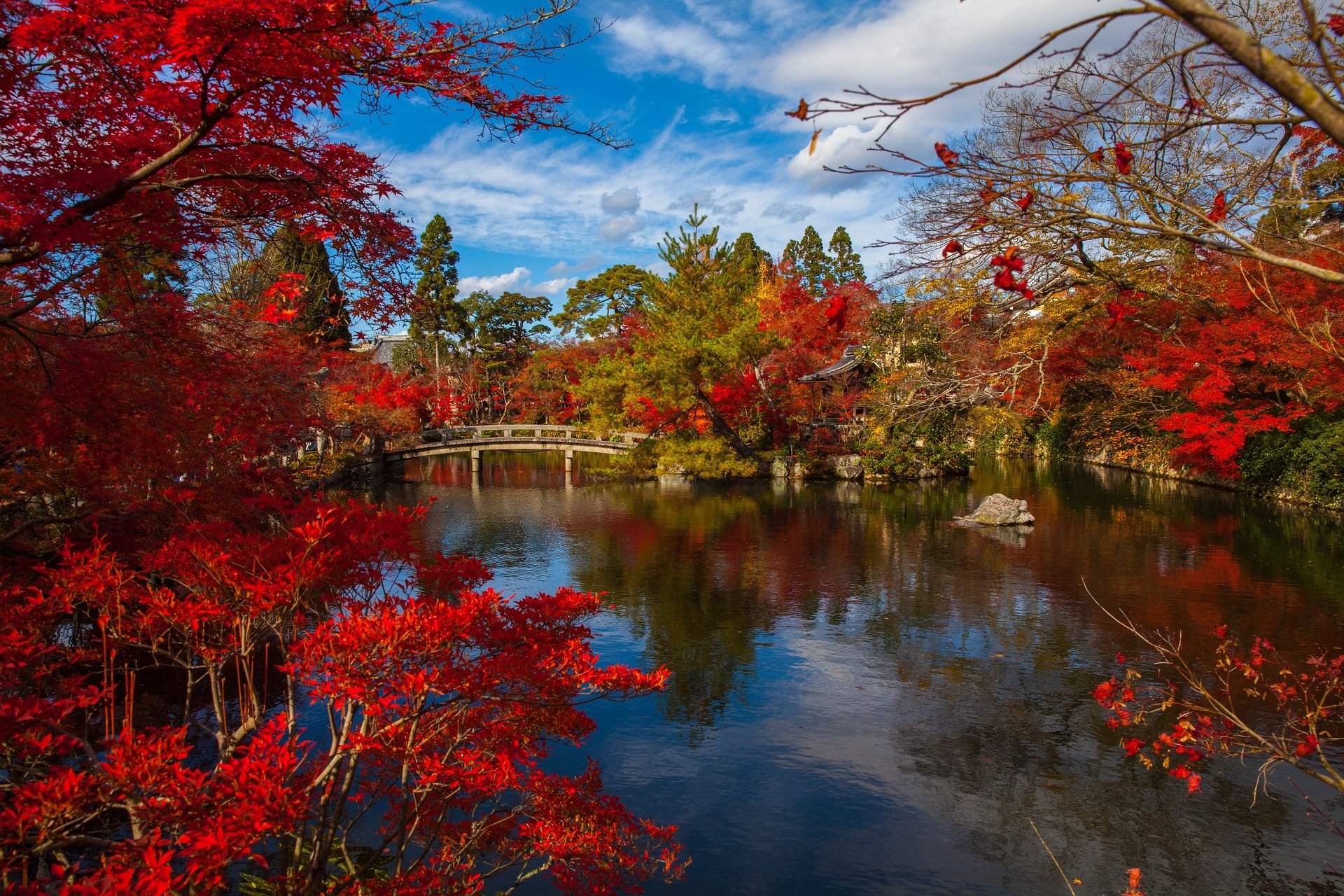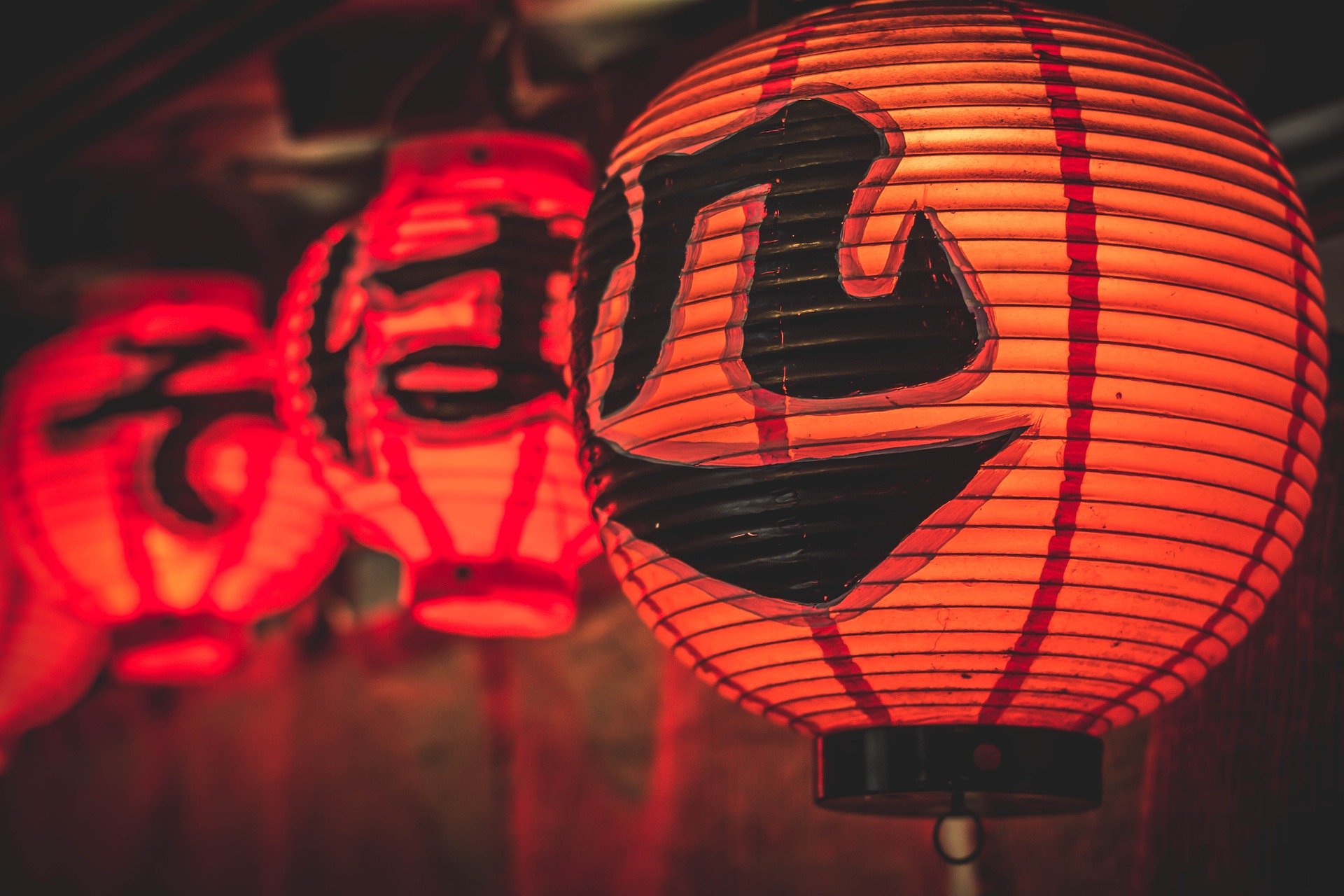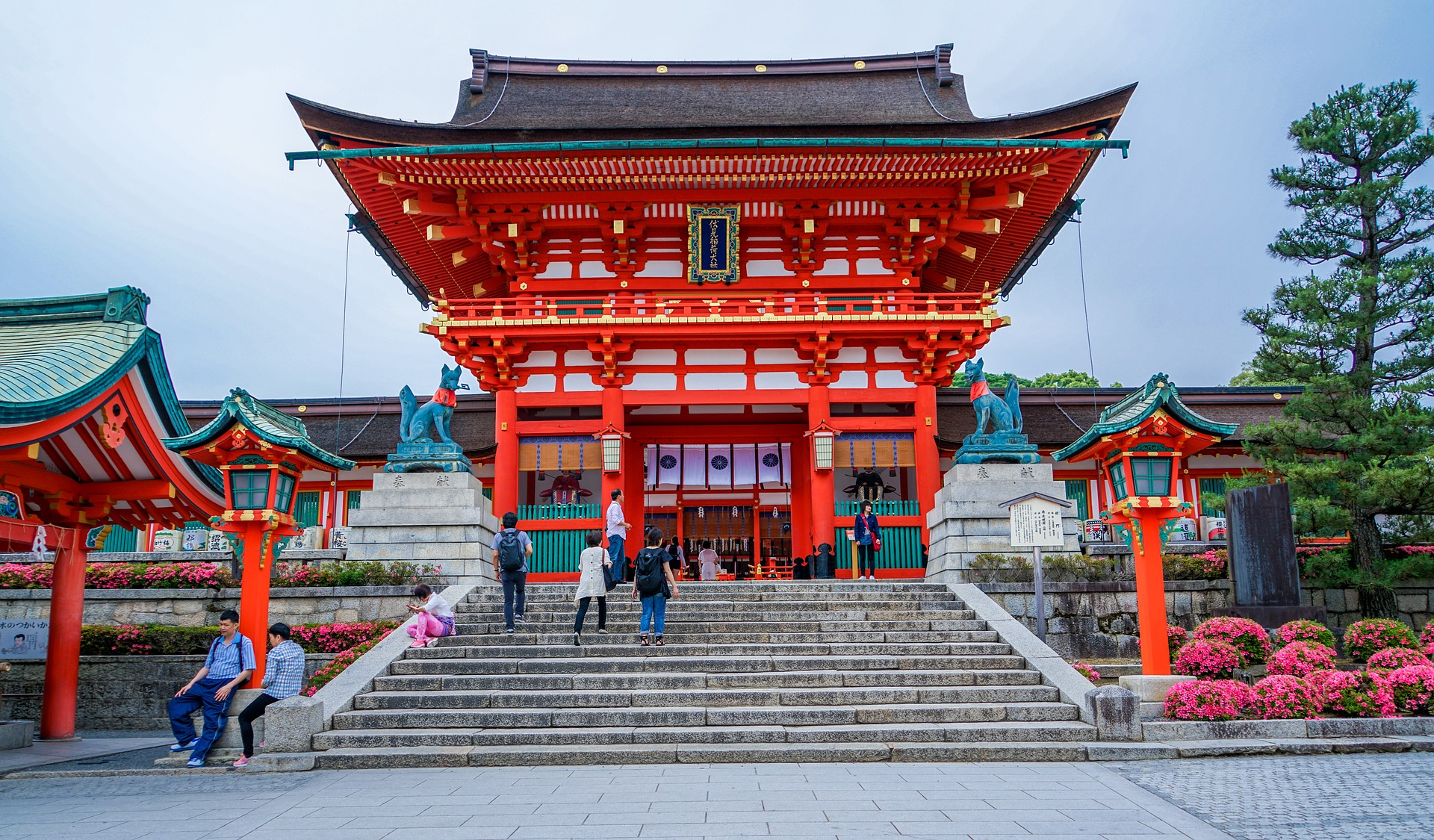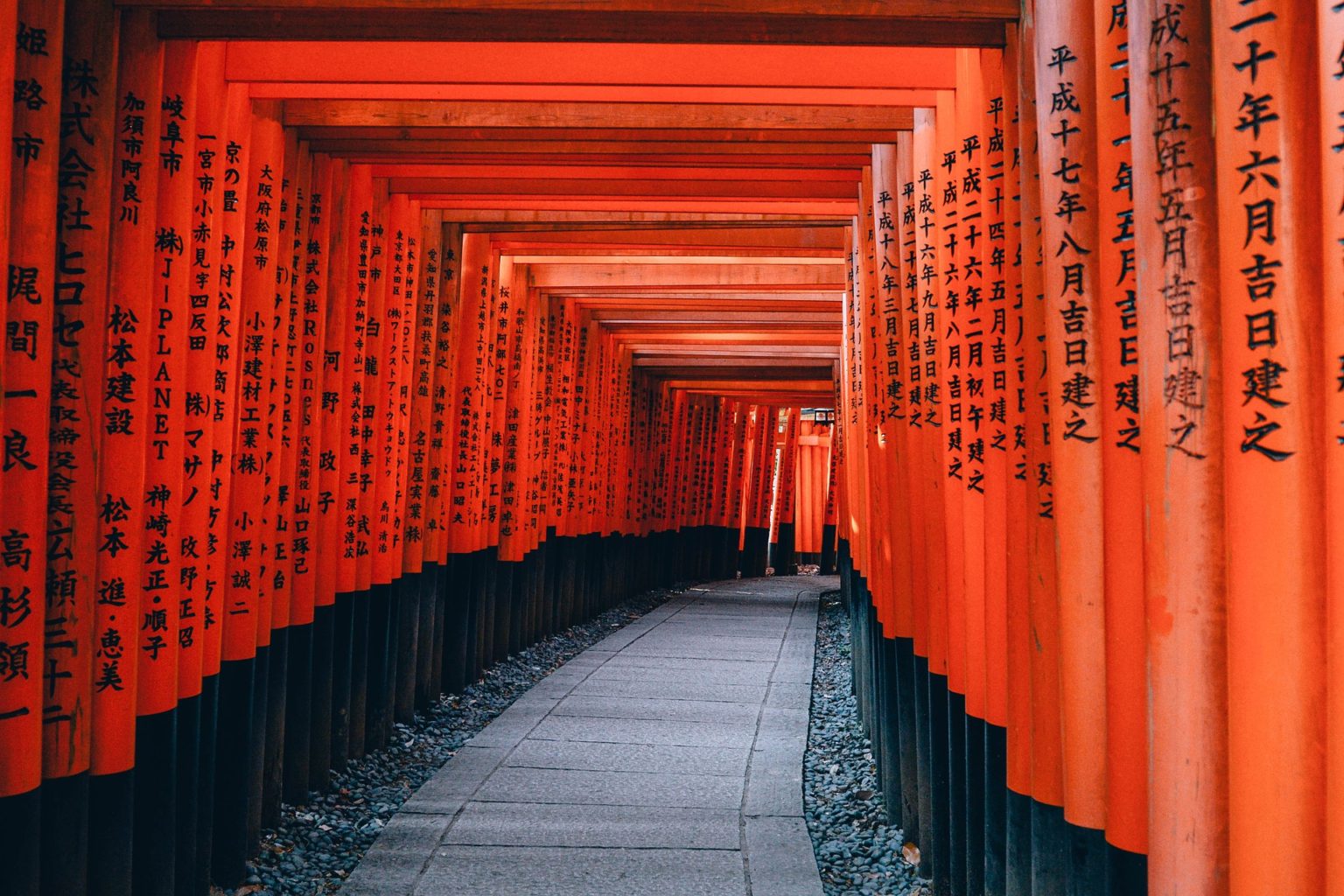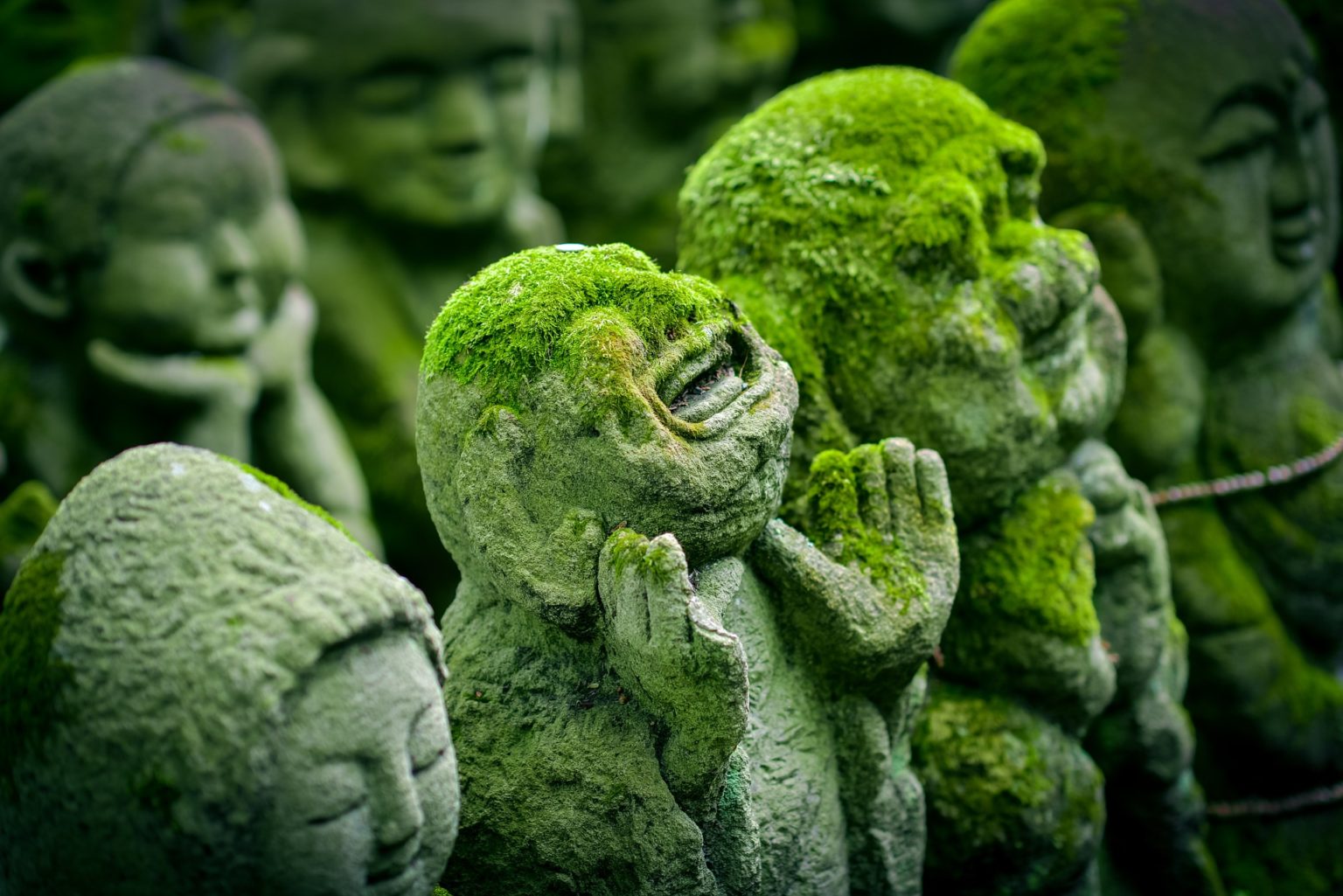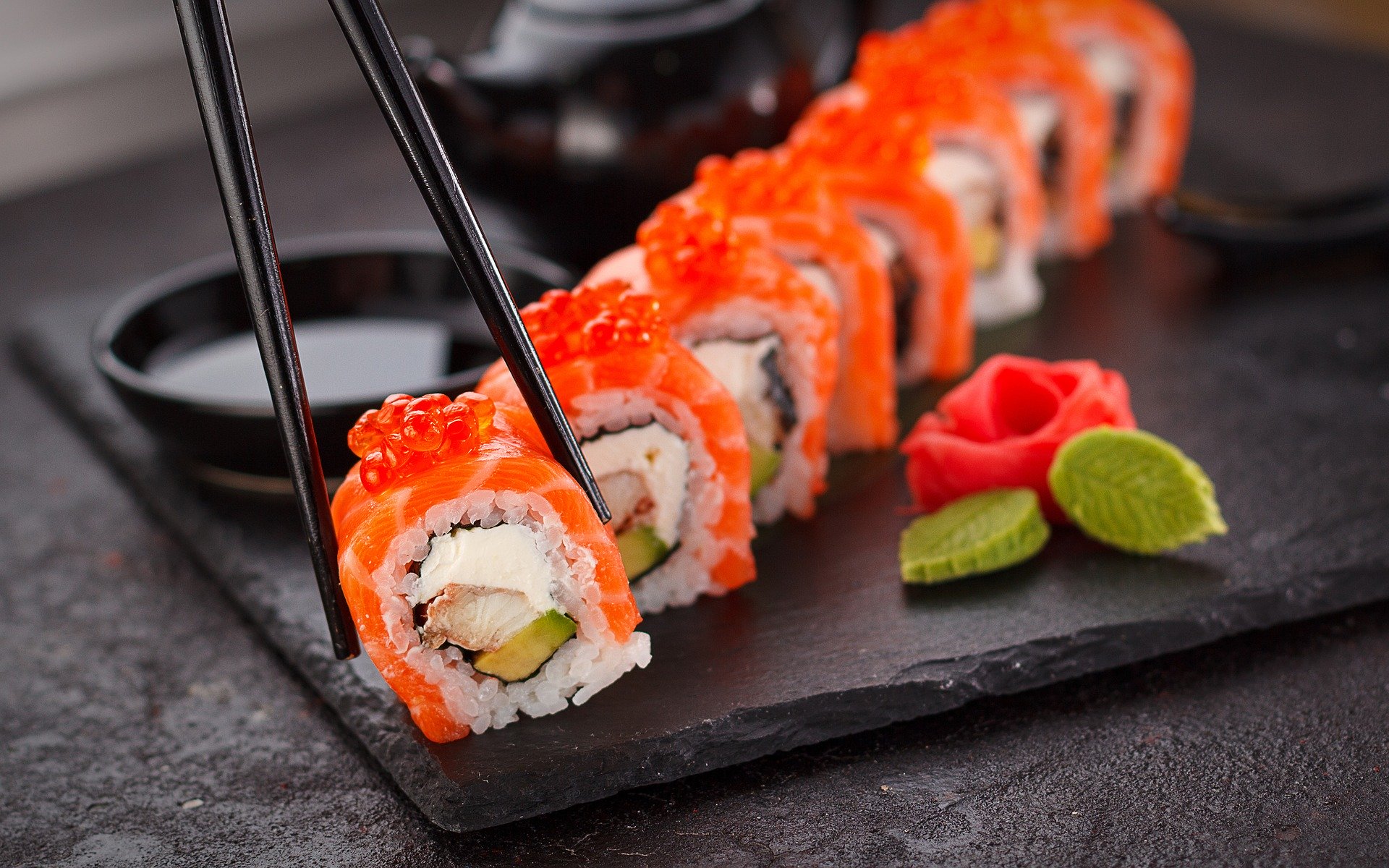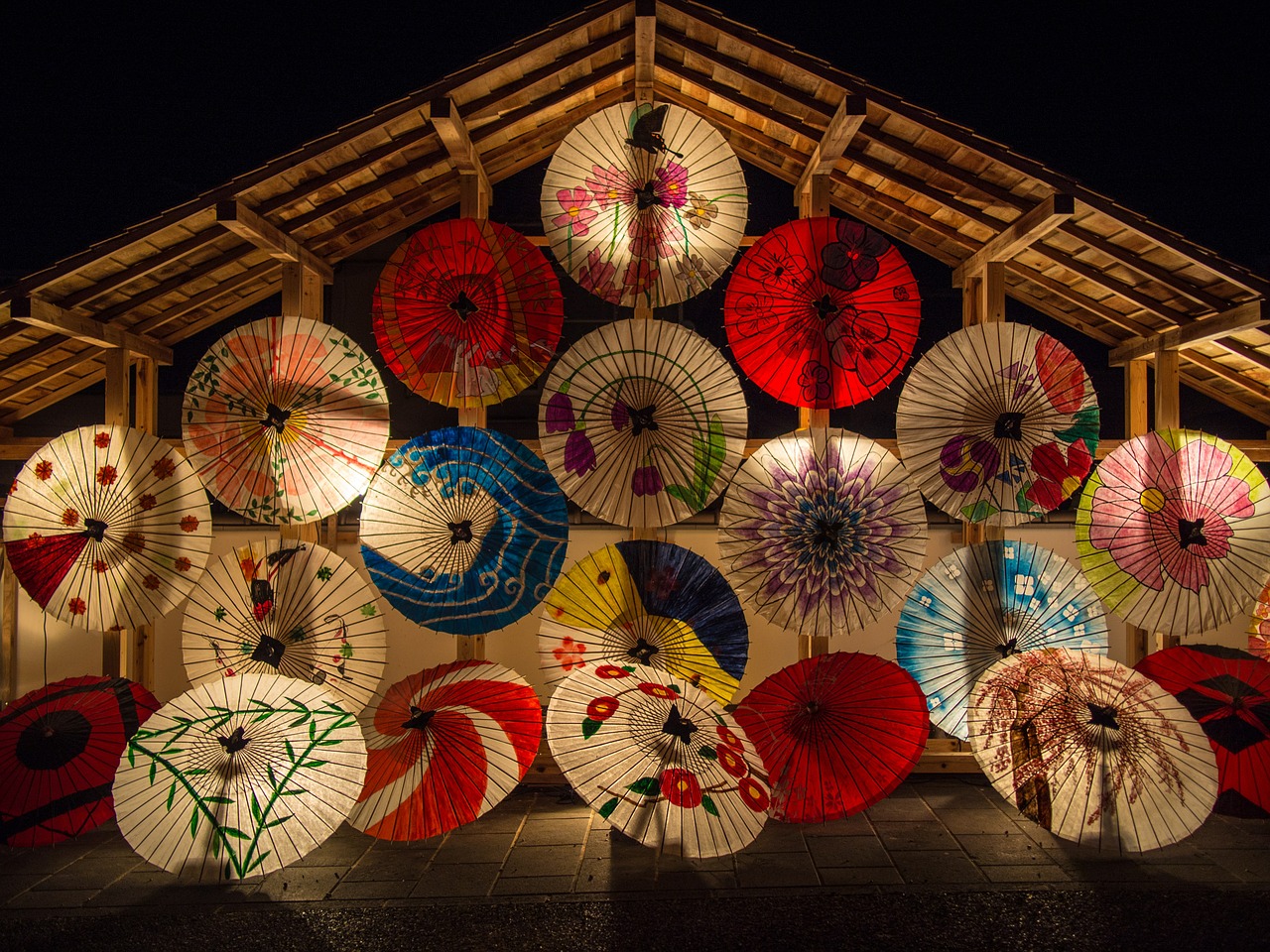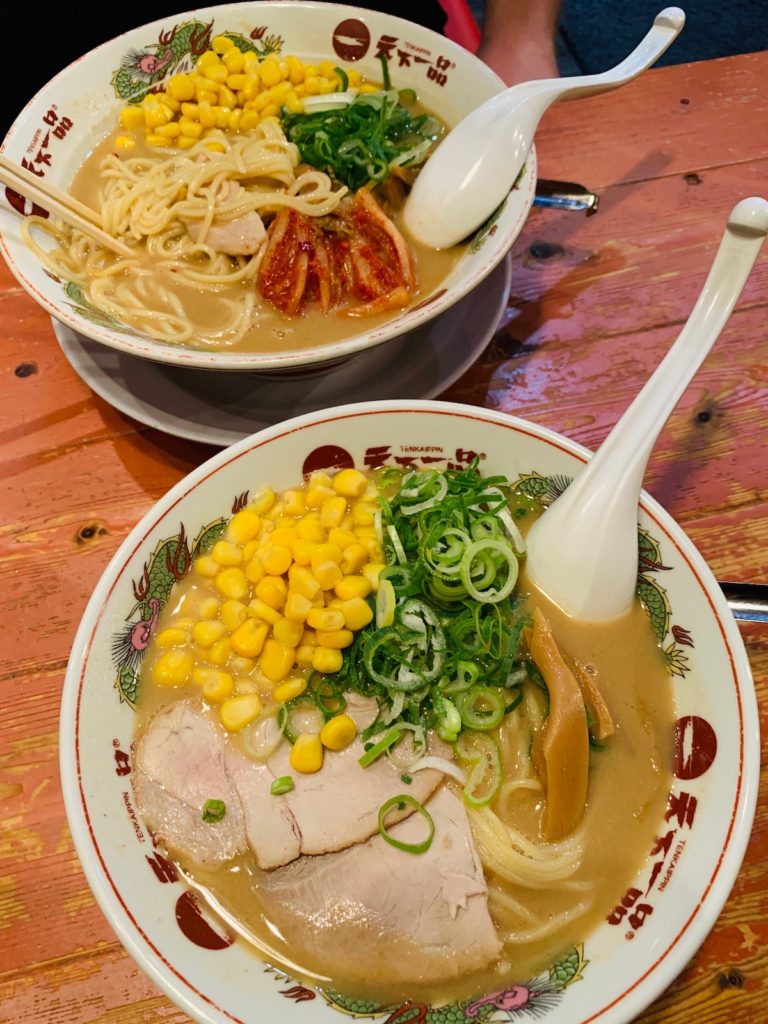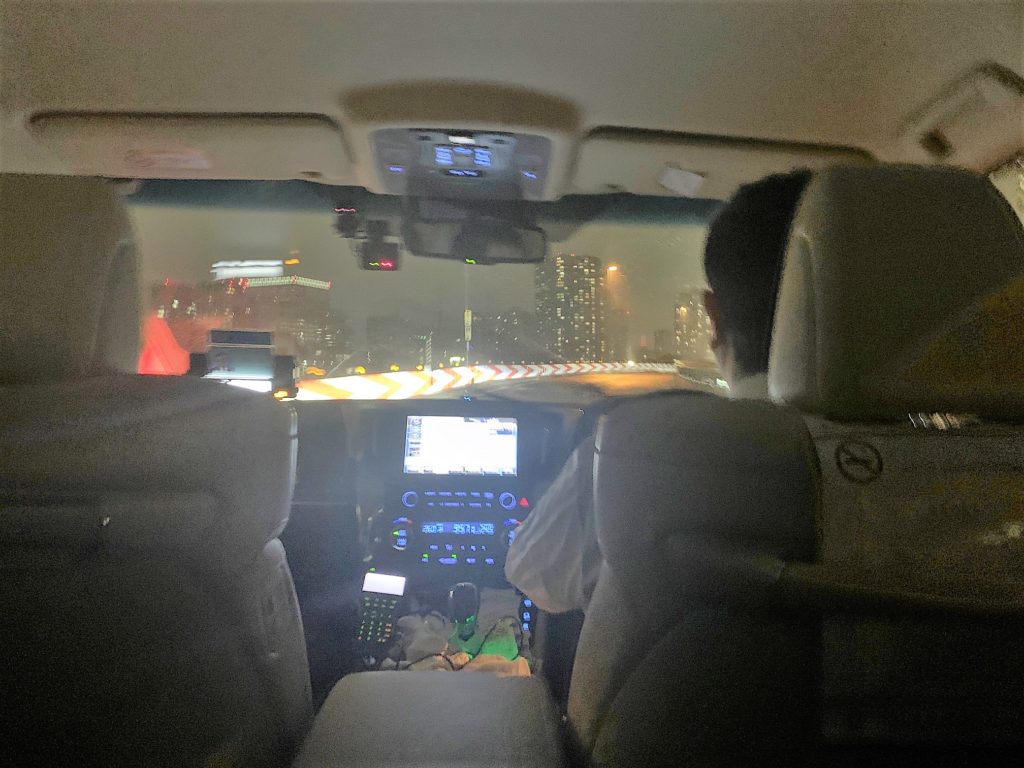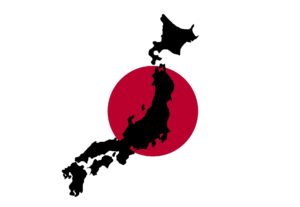 The land of the rising sun, the ramen and sushi capital, anime central,and a temple haven — all this and more is true of Japan (also known as Nippon). This island country in East Asia has a population of 126,317,000, according to their January 2019 census, many of whom are highly educated. The capital of Tokyo is the most populated city in the world with 38,140,000 people!
The land of the rising sun, the ramen and sushi capital, anime central,and a temple haven — all this and more is true of Japan (also known as Nippon). This island country in East Asia has a population of 126,317,000, according to their January 2019 census, many of whom are highly educated. The capital of Tokyo is the most populated city in the world with 38,140,000 people!
That number will increase by 2 in just 44 hours. That’s right — for our 2-year anniversary, we’re heading to the country whose history is bloody, isolation-heavy, and utterly intriguing all the same. We’ve never been to Asia or experienced anything like this… However, enjoying one of the highest life expediencies and placing the utmost importance on morals and etiquette, the Japanese are a people we cannot wait to befriend.
We got our money converted to the Japanese Yen, loaded our Suica cards, bought JR Rail Passes, received our international drivers permits, and have our passports and hotel confirmations in hand. We’re as prepared as we can be for the language barrier, but hey, that’s all part of the experience, right?
Japan Trip Itinerary (And Why We Picked It)
Our trip will start out of Chicago Airport at 4 pm, then land 14 hours later in Haneda Airport in Tokyo on Friday night, Nov. 22, at 9 pm. After being jet lagged from a 14-hour time difference, to say we’ll feel a little “strung out” upon arrival is an understatement. But praise the heavens for modern airlines today with TVs on the backs of every seat. Talk about making time fly.
 With the new Pokemon Center opening in the hipster Shibuya the exact SAME day we arrive, we can’t NOT go check out the anime madness from our childhoods. From Tokyo, we’ll move south-west to the old capital of Kyoto — a city with a definitive traditional, old-timey Japanese vibe. We’re lodging in Gion, the famous Geisha and entertainment district, which we are absolutely stoked about.
With the new Pokemon Center opening in the hipster Shibuya the exact SAME day we arrive, we can’t NOT go check out the anime madness from our childhoods. From Tokyo, we’ll move south-west to the old capital of Kyoto — a city with a definitive traditional, old-timey Japanese vibe. We’re lodging in Gion, the famous Geisha and entertainment district, which we are absolutely stoked about.
Then we’ll take a super-fast bullet train back to Tokyo and spend our time exploring Shinjuku, potentially Go-Karting the streets in Mario Kart fashion, seeing the city skyline, shopping, and more.
When flying back, we’ll leave Tokyo at midnight, arrive in LAX at 5 pm the day before, spend a few hours touring Los Angeles during our layover, then arrive somehow in Chicago at 5 am the same day we left. In other words, flying through the time zone will “magically” turn a 23-hour travel period into a mere 5-hour time lapse forward at home. Bizarre, right?
Why November Is The Best Time To Visit Japan
Cherry blossom season in March gets all the talk, but shoulder seasons are where it’s at in terms of saving money and avoiding crowds.
November is actually peak foliage time in this region of Japan, with leaves changing color a bit later than back in the U.S. (can you say “ooo” and “ahh”?) WE are stoked for the vibrant colors. Temperatures will also be a moderate 50-60 degrees F, which, based on the crazy early winter we’re having back in the Midwest U.S., that will be a welcome blessing!
It’s perfect jacket weather, which makes for easy packing. Honestly — the more you wear a jacket, the less anyone sees your clothes and the less it matters what you pack. (#ProTip) You wouldn’t believe how much stress this saves you!
November is also when a giant sumo wrestling tournament happens in Tokyo, but we simply didn’t have the bandwidth to squeeze tickets into this trip. (Click here to see the schedule.) It’s a must-see!
Even though the sun will set at around 4:30 pm, it’s balanced out by all the gorgeous lit-up shrines we’ll see in the evening. Paper lanterns aglow, earthy leaves fluttering to the ground, and the smell of delicious street vendors… we aren’t sure we could dream up something prettier.
One Phrase: Culture Shock
Overall, eastern culture will be a sharp contrast to our western familiarities. (Even the BBC wrote a feature about how different our mentalities are.) We’ve heard being an American in Japan will feel like being an alien on a foreign planet (a safe one of course — one of the safest counties in the world, in fact).
Temples and shrines are something we’re unaccustomed to but truly are excited to witness (learn the difference between the two here). In our sad, limited experience, it’s like the Japanese version of the Disney movie Mulan! Really though…. religion aside, how can you not respect these sacred places where so many have contemplated so much over the centuries? We could all use a little more mindfulness in our lives, both for personal sanity and for enhanced health.
Digging deeper within ourselves
For instance, one Japanese aspect that we find interesting is the concept of Honne and tatemae (本音と建前), which contrasts a person’s true feelings and desires and the behavior and opinions one displays in public. Feeling this way so often in our regular lives (but not having a way to explain it in English) and then finding out there’s a phrase for it in Japanese is incredible.
What else will we discover about our hidden lives? We look forward to learning more Japanese cultural and language intricacies during our trip.
We’ll spare you on the details of the Japanese codes of etiquette (mainly because we have so much to learn ourselves!). A part of us can’t help but wish our native country placed a higher value on things like honor, family, manners, respecting the elderly, and so on.
From taking your shoes off at temple and restaurant to not eating while you walk around the city, it’s all a form of politely bowing to others in respect — both metaphorically and quite literally. They don’t shake hands there; bowing from the waist is the normal greeting and way to show appreciation.
Cuisine Overload: Indulging Our Taste Buds
Luke is the expert on Japanese food here and has already informed me this will be a “Food Tour” kind of trip… so be prepared for lots of photos of things like:
- sushi (actually FRESH and artisan-crafted, which is new to us both)
- yakitori (chicken skewers seasoned with rice, soy, or sake sauce)
- ramen (no explanation needed)
- tempura (deep fried slices of meat, fish, and/veggies)
- miso soup (combination of miso paste made from fermented soy beans and dashi broth)
- sashimi (a delicacy of raw fish or meat finely sliced with radish, ginger, wasabi, and soy)
- donburi (rice bowls)
- okonomiyaki (Japanese pancakes or “pizza,” made by mixing together various savory ingredients like noodles and batter and pan-frying it)
We’re not sure if we’ll try the fish eggs or takoyaki (ball-shaped appetizer made of octopus balls, batter, tempura scraps, pickled ginger and green onion), but if anything is fried, can it really be that bad? Our motto: Don’t ask, just eat!
We could go on and on… but instead, we’ll share more when we’re LIVE in Japan and learning as we go! Stay tuned for updates, and thanks so much for following this journey of perception expansion and culture shock with us!
Yours truly,
A slightly nervous but giddy Luke and Samantha Kuhn
P.S. — Bonus points to anyone who knows what anime show gear we’re wearing!
